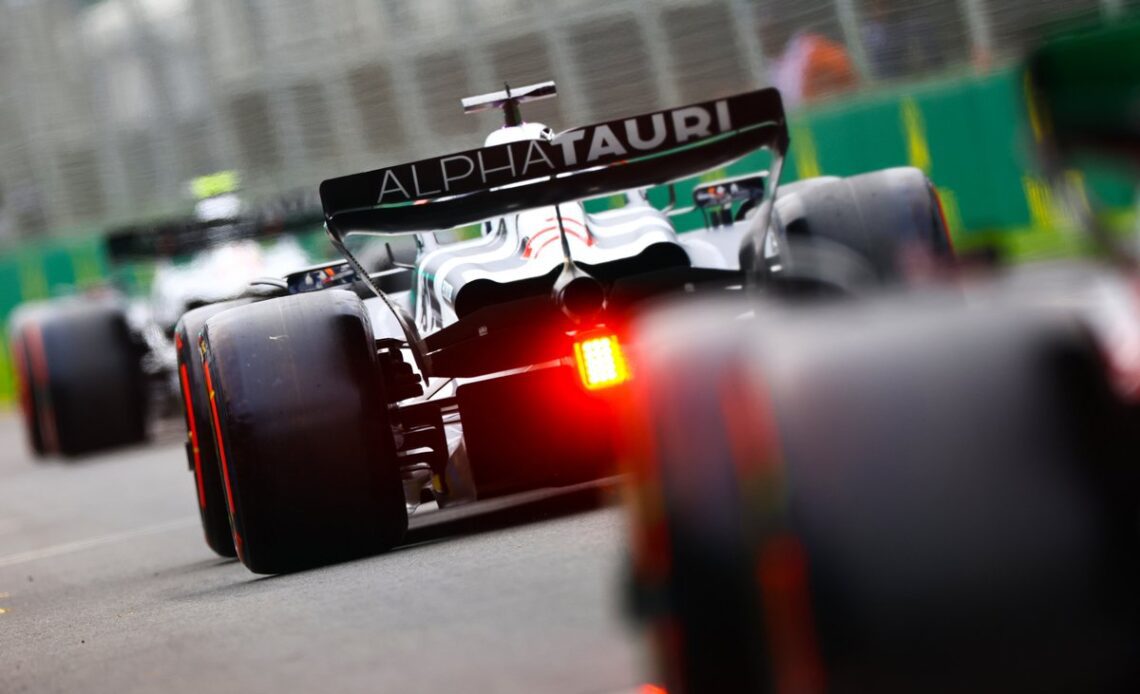The revised floor and diffuser package was used by Nyck de Vries from FP2 onwards in Melbourne.
Yuki Tsunoda had to revert to the original version after damaging his new parts in an off in FP1.
Tsunoda’s switch inadvertently gave the Italian team an unplanned back-to-back comparison between the two specs over the full weekend, and the consensus was that the new floor had performed as intended.
“It works on a large part of the things that we’d identified as possible weaknesses,” said Egginton.
“When we were developing the car over the winter, we set ourselves targets for development and other aspects. We achieved some of those targets and didn’t achieve others.
“This update goes some way to addressing that. We started working on this package before we’d run the car. And it actually just provides all the benefits we need in the areas we’ve proven we’ve got to work on.
“So it’s the first step, there’s a lot more to come. But it is delivering in the areas where we think we’ve got to make the biggest gains to get closer to our rivals, so reasonably happy with that.”
Egginton made it clear that the intention of the first upgrade was to address a weakness in corner entry stability, allowing the drivers to push harder.
“Obviously low speed aero performance is a target in every team,” he noted. “And that’s one of the targets we didn’t quite nail pre-season. The updates we’re bringing now, amongst some other things they’re intended to improve low-speed entry stability.
“We’re looking to make the car more stable on low-speed entry into corners. So then the drivers can push harder at late entry. And there’s performance to come from that.”
Nyck de Vries, AlphaTauri AT04
Photo by: Red Bull Content Pool
Development is currently focussed on finding downforce and improving stability at higher rear ride heights.
“We were in no doubt what we wanted to do,” said Egginton. “We were looking to improve rear load at high rear ride heights in very basic sense. And it’s the load drop-off of these ride heights at the moment which causes our instability.
“If we’ve improved the rear load on the entry phase, if you’ve got more rear load, you’ve got more stability. And we’re working on trying to carry that further into the corner, so that the driver can push harder towards late entry apex.”
Expanding on the thinking behind the initial upgrade, he said: “The changes we’ve made with floor fence camber, and trying to control the strength and…
Click Here to Read the Full Original Article at Motorsport.com – Formula 1 – Stories…

